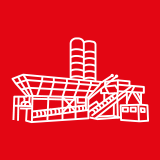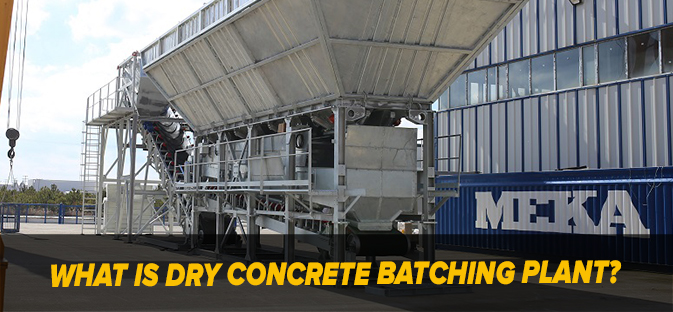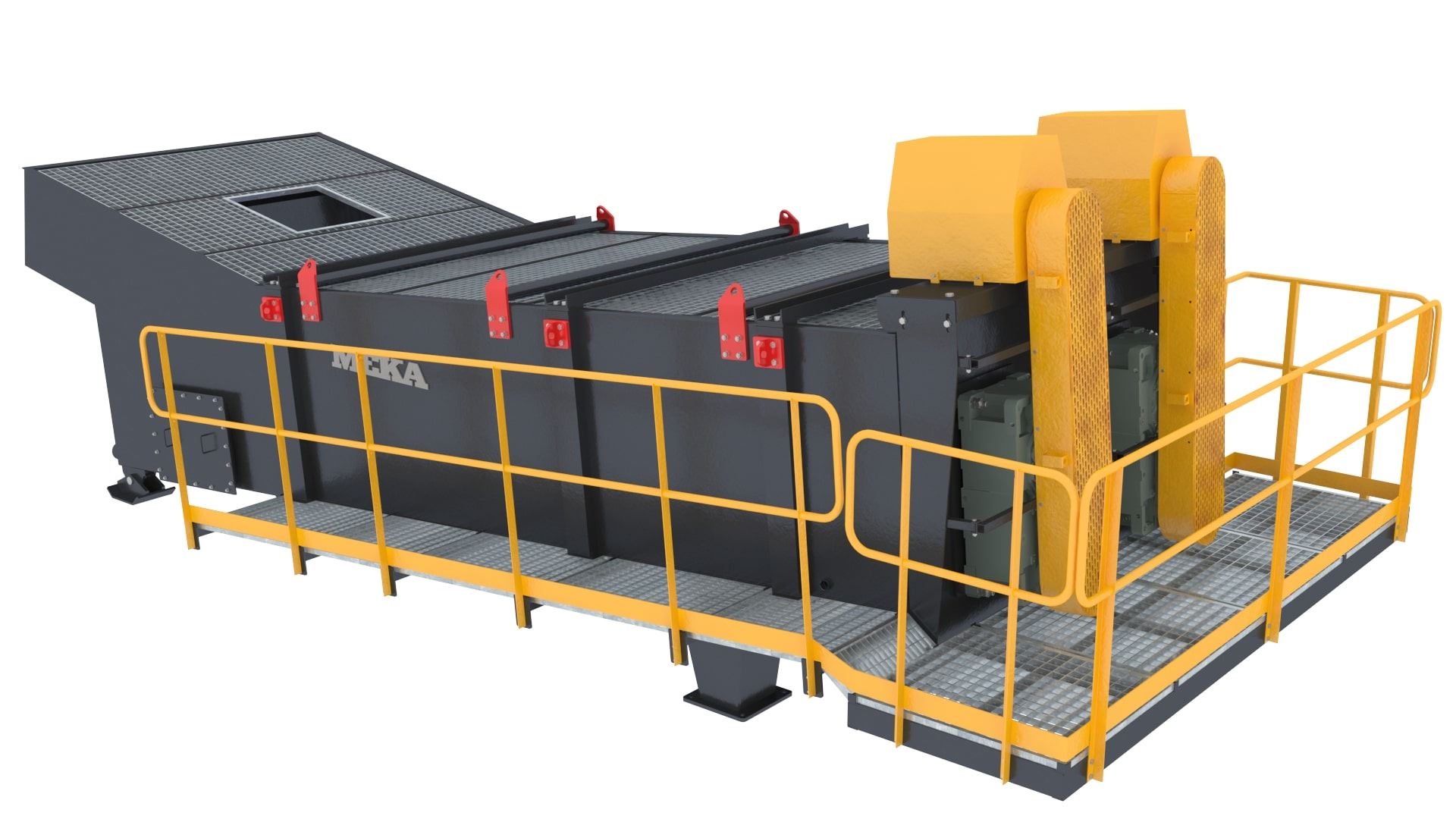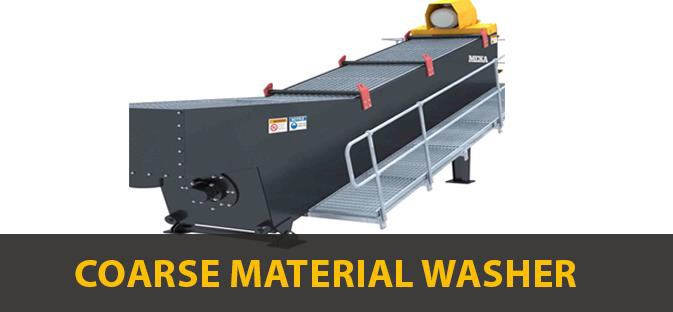Case Study: Precast Concrete
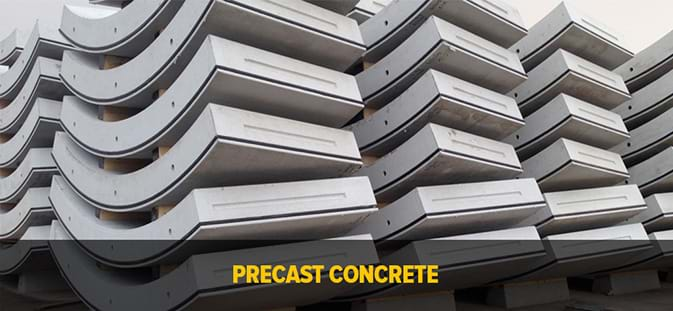
Precast is a construction material manufactured by casting in a reusable mold or "form" which is then cured in a controlled environment, transported to the construction site and lifted into place.
Due to the fact that we are living in the technology age, the construction industry has made considerable steps in the direction of becoming a part of it. The technology developed in line with the needs has positively affected the construction industry. Innovations in technology have led to significant developments in the construction industry. After the industrial revolution, the construction industry made a major leap forward with the development of reinforced . After the elimination of large housing vacancies caused by buildings that were destroyed after the Second World War, prefabrication applications started in the construction sector. Rapidly growing population, migrations, wars and natural disasters have created the need to make civil structures more economical and robust, the structures that can be built quickly became important.
Today, precast is widely used in the construction of the superstructure or frame of a building. And due to its versatility in shape, texture, and color, it’s often used as architectural cladding designed to mimic the appearance of more costly materials such as limestone, granite or stone. But perhaps the greatest benefit of precast is that it can serve both as structural and architectural element at the same time, providing a total precast building.
Starting a large-scale construction project is extremely complex, even for the most senior contractors, designers, and planners. Something as simple as choosing between precast and cast-in-place may be a major decision.
The industry embraces innovation and modern methods of construction (MMC) by offering solutions which can be used to reduce construction time and promote sustainable development, as well as offering cost savings.
Advantages of precast
Speed: The project can be completed quickly and thus the investment can be returned quickly due to production and basic operations can be carried out at the same time.
Quality: Production of structural elements with efficient quality that control in the appropriate conditions.
Technological Advantages: Provide technological advantages such as prestressing and high-strength , technical advantages and low cost, such as large openings and elements with special geometry
Independent Production from Weather Conditions: Independent production from all kinds of weather conditions at the production facility
Economics in Production: Saving from the mold, saving from scaffolding, saving from material (small sections, large openings) Saving from workforce and time, Production of efficient structure in the industrial environment
Flexibility in Architectural Design: Large openings, spaces form, texture, color richness on facades
Eco-Friendly Technology: Efficient Recycling, low waste, and recovery of production waste
The progress of Prefabrication:
Design: The structures can be constructed diversely according to their forms.
At this stage, it is important that the structures to be constructed are determined according to the moldings pattern, the road restrictions on the transportation route and the details of the installation area. The designs are carried out according to the current regulations and standards.

Production: This is the responsibility of the manufacturing company the structures to be constructed and cured in a controlled manner in the factory conditions. Production is carried out by making changes in blends according to desired color, texture, surface appearance.

Transportation: From the production site to the site of installation. Products are transported and designed by considering the road rules and restrictions on the route.

Installation: It is the final stage of prefabrication. Connection details are the most important part of this process. It is important to connect the elements as specified by the designer

Product Groups:
Superstructure Elements: Columns, beams, various flooring, slab elements, roofing elements, various facade elements, architectural elements.
Advantages, when applying appropriate admixtures to the elements in this group:
- High water reduction
- High early strength (even before 24 hours)
- Reduction of energy consumption and optimization of curing cycle
- The increase of surface quality and the increase of production speed due to high workability and fluidity
- Precast products obtain with high durability in all environmental conditions.
Infrastructure Group: Reinforced and plain pipes, prestressed bridge beams, box culverts,
Special admixtures can be used in pipes and box culvert elements, Advantages of this type of additives are:
- Optimizes the design.
- Increases the productivity, high efficiency of production due to high production speed.
- Increases the variation tolerance of the amount of water in the design.
- Higher water/cement ratio results in more homogeneous mixtures and more stable product.
Special additives can be used in prestressed bridge girder and railway sleepers.
Advantages when suitable admixtures used in these products.
-High water reduction
- High early strength (even before 24 hours)
- Reduction of energy consumption and optimization of curing cycle
- The increase of surface quality and the increase of production speed due to high workability and fluidity
- Precast products obtain with high durability in all environmental conditions.

Environmental Elements:
Various environmental furniture, cobblestones, borders, retaining wall elements:
Special additives can be used in these products because they are usually produced with the low slump. Advantages of this type of additives are:
- Optimizes the design.
- Increases the productivity, high efficiency of production due to high production speed.
- Increases the variation tolerance of the amount of water in the design
- Higher water/cement ratio results in more homogeneous mixtures and more stable product.
-- Increase the resistance
-It is possible to optimize the curing time due to less curing duration
Electric Network Elements:
Transformer elements, power transmission elements, lighting poles, specific additives can be used in this group, Advantages when suitable admixtures used in these products.
-High water reduction
-High early strength (even before 24 hours)
- Reduction of energy consumption and optimization of curing cycle
The increase of surface quality and the increase of production speed due to high workability and fluidity.
- Precast products obtain with high durability in all environmental conditions.
Disadvantages of prefabrication
Prefabricated systems which have important advantages such as economics, quality, speed, have rather negative or negative aspects compared to their benefits.
From the economic point of view needs strong investors and the lack of strong investors. Because of the need for regular and systematic financing power, the difficulty of small and medium sized construction investors to use prefabrication
Prefabricated structural members which have the best transportation distance in road transport between 50-150 km. It loses its due to transportation charges at distances far from these distances.
it loses its prefabricated economic attractiveness
With the increase of mechanization in the construction sector, there is a possibility that the use of human power will decrease in great proportion and the unemployment will increase accordingly
Some problems may arise in the strength of the system under dynamic loads such as earthquakes.
Check MEKA precast solutions !
Vural MERCAN
Civil Engineer
References:
İ T Ü İnşaat Fakültesi BİTİRME ÖDEVİ İNŞAAT SEKTÖRÜNDE PREFABRİK YAPILARIN ÜRETİM SÜREÇLERİNİN İYİLEŞTİRİLMESİ VE PLANLANMASI -Mert ÖĞRETMEN - Onur KARAHAN - Onur YALIN - Yiğit İŞÇİOĞLU - yd.Doç.Dr.Gül POLAT TATAR
Katı Ürünler Birliği(K.Ü.B) precast-

